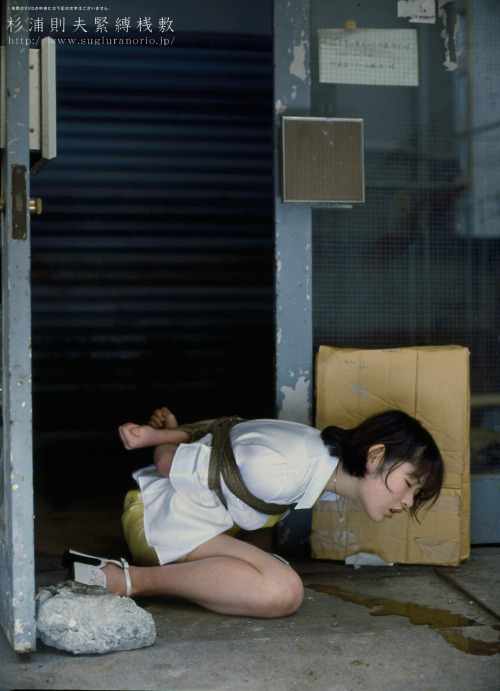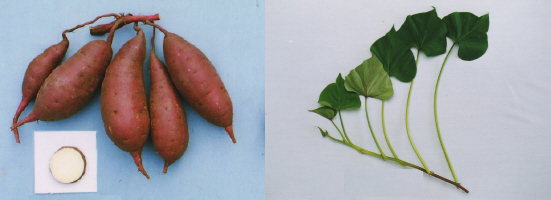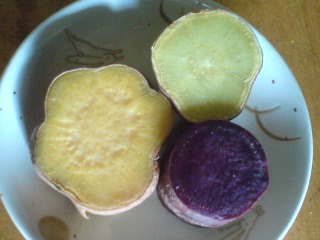If you’re focused on China, Korea, or Taiwan when it comes to Asia, you may be missing a great opportunity. In this article executive coach John M McKee comments on what he found in Japan last week.
————————————————————————————————————
I just returned from a trip to Japan . I was pleased to note that it no longer feels like a “formerly great” country. From the perspective of a business guy and an executive coach, it seemed to me that the country’s firing on all cylinders, again.
 In Tokyo for one week and then up to Sapporo for another week, I had ample time to get a feel for the pulse of the country. It didn’t feel like life support is needed on either island. On the contrary – it felt vibrant, the people seemed upbeat in general. And, although Christmas isn’t celebrated much ( only about 1 million of the 136 million population are Christians so the lack of “traditional Christmas activities” was not surprising,) the stores were still very busy. People weren’t just kicking tires, they were out to buy.
In Tokyo for one week and then up to Sapporo for another week, I had ample time to get a feel for the pulse of the country. It didn’t feel like life support is needed on either island. On the contrary – it felt vibrant, the people seemed upbeat in general. And, although Christmas isn’t celebrated much ( only about 1 million of the 136 million population are Christians so the lack of “traditional Christmas activities” was not surprising,) the stores were still very busy. People weren’t just kicking tires, they were out to buy.
I went to Akihabara, aka Electric Town. If you’ve never been there, make a point of finding it on your next trip to Tokyo. (Not hard, it’s right on one the main subway lines.) Japan has always had a great electronics industry and a trip to Akihabara showed that it’s not just alive but it’s thriving. I wish a lot more of their cool stuff showed up in North America and sooner. And, if you’re a shopper who thinks that Best Buy is the pinnacle of electronics retail; you’ll be blown away.
Some stores are 8 stories high. Other stores look like a “mom and pop” place opened at the end of world war 2. But it’s all wonderful and cool and inexpensive for the most part. You can’t think of any product with a cable or connector that they don’t have. Plus, they have staff, demonstrations, and education areas. If you arrived and weren’t sure what you needed, there is always someone to help you.
We all know that China and India are the Asian Tigers, consequently we spend a lot of time tracking their progress and watching their growth with deep respect. But it’s worth noting that Japan remains the second largest national economy after the US. They are growing their exports again – actually had a positive balance of trade with China last month. And judging by their leadership in fashion and anime over the past few years, they have taken a strong position in several cultural sectors in addition to their auto and electronic industries.
Up north in Japan’s 5th largest city of Sapporo (yes it’s the home of the beer and a brewery visit is in order when you go), the scene was similar. Shoppers were energized there too. The island’s tourism biz seems to be growing with great skiing and snowboarding adding to the luster of the wonderful and popular spring fed bathhouses in the mountains which housed the Olympics a couple of decades ago.
If you haven’t been to Japan – go. If it’s been more than 5 years, go again.
Keep an eye on this country – there’s lots to learn and it’s easy to forget with all the hype of their neighboring countries.
Looking forward!
john


















































